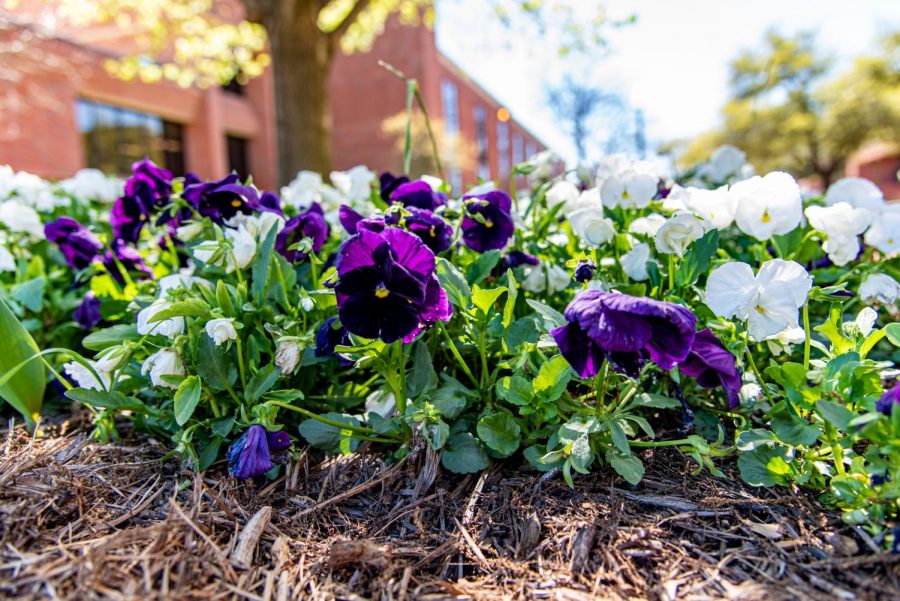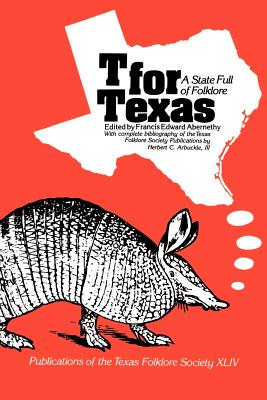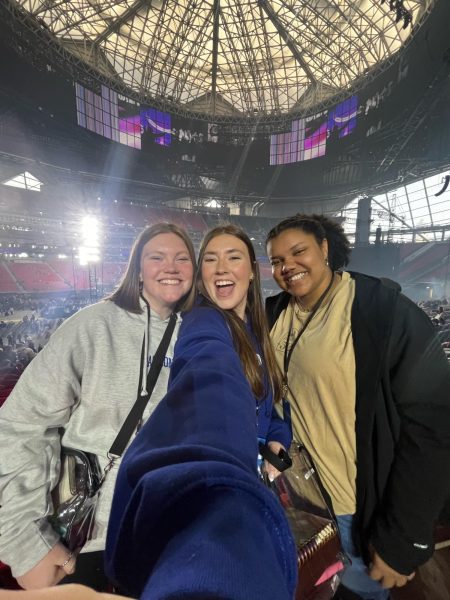Food and shelter insecurities faced by Indigenous populations
Purple and white flowers outside of the Barry B. Thompson Student Center
The Office of Diversity, Inclusion, and International Programs (ODIIP), hosted its monthly Diversity Dialogue on Wed. Nov. 11. November’s topic was food and shelter insecurities among Indigenous populations.
Since October was Native American Heritage Month and November is Homelessness Awareness Month, ODIIP wanted to feature Indigenous people and the problems they face, specifically food and shelter insecurities.
“Indigenous people are more likely to be affected by these issues, and we wanted to shine a light on that particularly,” ODIIP Student Development Specialist, Emily VanKirk said.
There are over 570 federally recognized Indigenous nations in the United States. Many of these nations and individuals live in conditions that are not very tolerable. Since it is not talked about a lot, ODIIP wanted to highlight these issues specifically.
“When we talk about Native Americans and Indigenous people, we tend to get stuck in just talking about cultural appropriation, and while that is still an issue, we wanted to talk more about some of the issues that are impacting them on a day to day basis,” VanKirk said.
For Indigenous people living on a reservation, sometimes they are without electricity, running water, access to a mailing system or an actual address. For Indigenous people who live in an urban environment, they might be living in a food desert or may not have access to a grocery store.
“This particular topic is important because we have a real issue with underrepresentation with Indigenous folks and culture at Tarleton, and some negativity just historically with our campus towards it,” VanKirk said. “It’s not something that is excessive, but some Indigenous students may not be comfortable coming out and talking about these issues because there is a lack of understanding of where they are coming from, the issues that they are facing and their experiences.”
Historically speaking, there is generally a lack of knowledge when it comes to understanding the issues Indigenous people face.
“I just think it is really important to engage with this programming because historically we haven’t had a space to learn about this as much as we should,” VanKirk said.
ODIIP wanted to set up the presentation and conversation, in a way where you could really take in the seriousness of the topic.
“We are talking about groups of people who had their land, culture, religion and names taken from them. The least we can do is talk about the struggles that are still facing them,” VanKirk said.
The Diversity Dialogues are very student involved. There is usually a student worker who presents the topic and mediates the discussion at the events. ODIIP also took topic suggestions from students.
While attending the dialogue, the ODIIP staff were very friendly and welcoming, making everyone at the presentation feel engaged before the presentation even started. While the dialogues are usually led by a student worker, this one was led by VanKirk. They used a PowerPoint to present the information, which was very organized and informational. Not only was the information presented clearly and factually, there were also discussion sections where the staff and the students would interact and discuss certain aspects of the topic. This allowed for a better understanding of the topic at hand. These dialogues are important because it is a way to not only learn but to also contribute to the conversation.
The ODIIP office can be found on the lower level of the Barry B. Thompson Student Center, where anyone can talk with staff and put in their suggestions for Diversity Dialogue topics. If someone cannot speak with them in person they can also email them at [email protected] and find them on Instagram as @TarletonDiversity.





